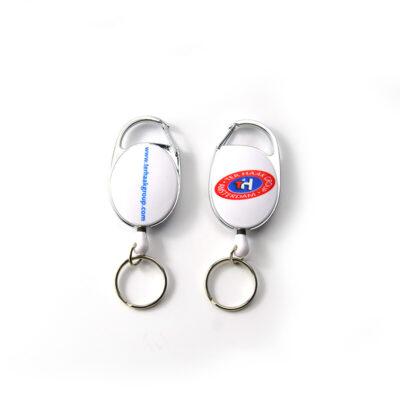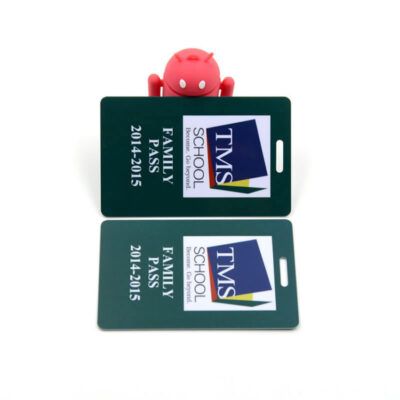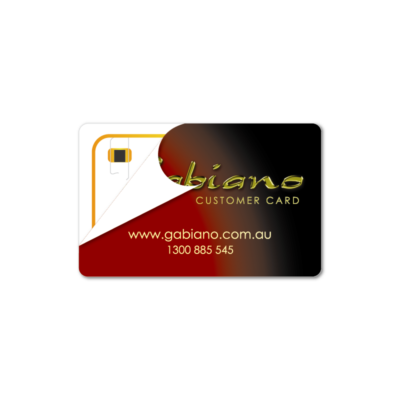The Magnetic Stripe PVC Card is a type of plastic card that can be used in a variety of applications. They are widely used in areas such as retail, banking, access control, transportation and loyalty programs. These cards have a stripe on the back that contains coded information that can be read by a magnetic stripe reader. In this blog post, we’ll discuss the basics of magstripe PVC card technology, its advantages and limitations, and some common use cases.
What is a Magnetic Stripe PVC Card?
A magnetic stripe PVC card is a plastic card with a magnetic stripe on the back. The stripes contain an array of magnetic particles arranged in a specific pattern. As the magnetic stripe passes through a magnetic stripe reader, the particles generate electrical signals that are then decoded into data by the reader. Data can include anything from account numbers to personal information.
Advantages of Magnetic Stripe PVC Cards
There are several advantages to using magnetic stripe PVC cards. For one, they are relatively inexpensive to produce, making them ideal for organizations that issue a large number of cards. Additionally, magnetic stripe readers are widely available and easy to use, so this technology can be used by a wide range of users.
Another significant advantage of magnetic stripe PVC cards is that they can be used in a wide variety of applications. For example, they can be used for access control in office buildings, hotels, and other facilities. They can also be used for identification purposes, such as employee badges or student ID cards. Finally, they can be used for financial transactions such as debit or credit cards.
Limitations of Magnetic Stripe PVC Cards
While magstripe PVC cards are versatile and widely used, they do have some limitations. For one, the technology is relatively old, having been around for decades. As such, it is not as secure as some newer technologies, such as chip and pin cards or biometrics.
Another limitation of magnetic stripe PVC cards is that they are susceptible to fraud. Since the data on the card can be easily copied, criminals can use stolen information to create fake cards. This is a major concern for financial institutions as it can lead to an increase in fraudulent transactions.
Use Cases for Magnetic Stripe PVC Cards
Despite these limitations, magstripe PVC cards remain a popular choice for many organizations. Here are some common use cases:
Retail: Magnetic stripe PVC cards are widely used in the retail industry for loyalty programs, gift cards and promotions. They are also used for credit and debit cards.
Access Control: Magnetic stripe PVC cards are used for access control in many facilities, including office buildings, hotels, and government facilities.
Transportation: Magnetic stripe PVC cards are used in public transportation systems such as buses, trains and subways. They can be used for toll collection, as well as to track passenger data.
in conclusion
Overall, magnetic stripe PVC cards are a useful technology for a wide range of applications. While they may not be as secure as some new technologies, they are still a cost-effective and easy-to-use option for many organizations. As technology continues to evolve, we may see new innovations that replace magnetic stripe cards, but for now, they remain a popular choice across many industries.





